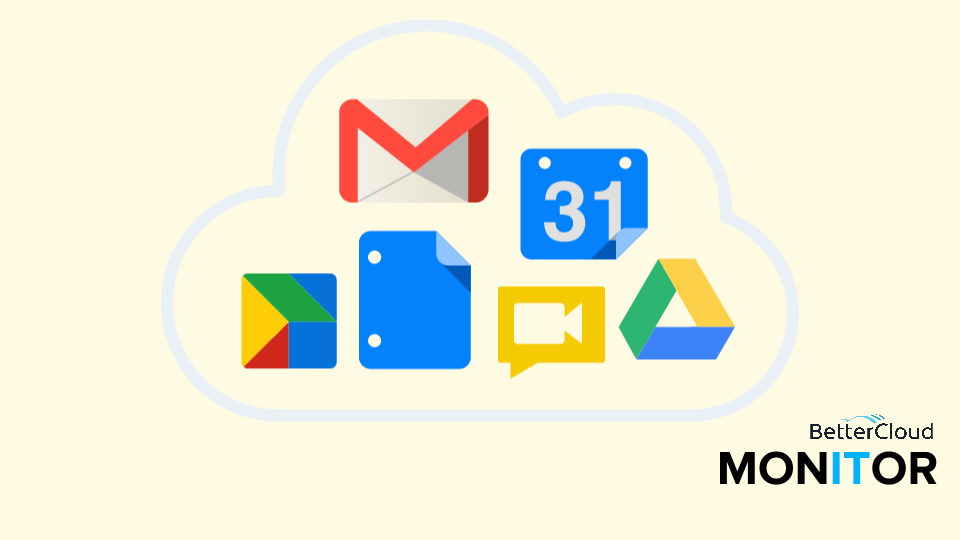4 Reasons Why Cloud IT Application Management Will Produce the Next Billion Dollar Company
June 19, 2014
3 minute read

Collectively, Salesforce.com, Workday, Google Apps and Zendesk service tens of millions of business users around the world. These once-obscure solutions are now mainstream and together, with other mature SaaS companies, have prompted countless businesses to ditch traditional on-premises systems in favor of leaner, ever-evolving, more intuitive cloud solutions.
Though businesses around the world have embraced the cloud, incumbent on-premises IT management players (those servicing and securing larger enterprise platforms) like CA, BMC, Quest (Dell) and IBM have made only half-hearted attempts at best to embrace today’s reality of life in the cloud. These legacy IT management companies are too attached – both ideologically and financially – to their own on-premises businesses, much as Microsoft was with Exchange until recently, to focus fully on pivoting. Their failure to embrace new norms significantly inhibits their ability to take advantage of the new enterprise cloud market and puts their billion dollar businesses at risk. Now is an opportune time for new entrants in this space who stand to gain big over the next decade. Here’s why:
1. Born in the Cloud
New cloud IT application management providers are building on the very platforms they intend to serve. And since managing cloud environments differs vastly from managing on-premises systems, providers building in and for the cloud are likely to encounter more success in the long term. Take for instance the method new IT application management providers use to manage and secure data. These providers typically focus specifically on managing and securing data at the application level where it’s easiest to control and access. Alternately, legacy providers manage data at the network and devices levels. In today’s world of BYOD and work-from-anywhere, users rarely access data from inside a particular network and data seldom if ever exists on a particular device.
2. Timing
Until only very recently burgeoning platforms didn’t have the user adoption required to attract major developers. Now that the market is big enough – take for instance Google Apps, which has amassed over 5 million businesses in under 6 years – it makes sense for legacy providers to seriously consider building for these new platforms. Unfortunately for them, cloud-native challengers have quietly stepped up to the plate to fill the void left by IT management giants (much like ServiceNow in the IT service management realm) and have been steadily gaining cloud market share for the past few years. Now that use of Google Apps and other cloud services has soared, early entrants can reap the rewards of making a risky investment upfront.
3. Fully Integrated
Coincidentally, the maturity of various cloud platforms determines whether or not a third-party app developer can even build on top of its existing services. Luckily more platforms are open by default and others make APIs and developer tools readily available. This openness enables companies to build hooks deep into mainstream platforms, and the more deeply integrated a product is, the stickier it becomes. For legacy providers who don’t rely on platform APIs, they run the risk of being ousted as soon as an on-premise system is ripped out and replaced with a competing cloud solution.
4. Economics
Just as new entrants are building in the cloud for the cloud, they’ve been able to reap the cost benefits doing so provides. Startup costs for new entrants (in any cloud related field) are so low, new companies can move quickly and cheaply. On the other hand, more established businesses must make painstaking moves, potentially cannibalizing existing business to even consider taking part. Legacy companies have been around for decades and during that time have acquired dozens of companies and built massive businesses. But all this growth has created bloated giants who are unable to move nimbly and pivot quickly.
And, while legacy providers definitely have new companies beat in terms of brand recognition, enterprise marketplaces like the AppExchange and Google Apps Marketplace are making it easier than ever before to acquire new customers. These marketplaces greatly lower customer acquisition costs by placing unknown products in front of huge audiences, ultimately allowing the best products to build adoption without increasing overhead costs.
Final Thoughts
Cloud platforms have reimagined enterprise computing. They’ve opened doors for countless new software developers that build on their platforms, develop using their APIs, leverage their powerful backend solutions and distribute their products through associated marketplaces. The cloud has changed how companies around the world work and now its time to change how these cloud systems are managed.





